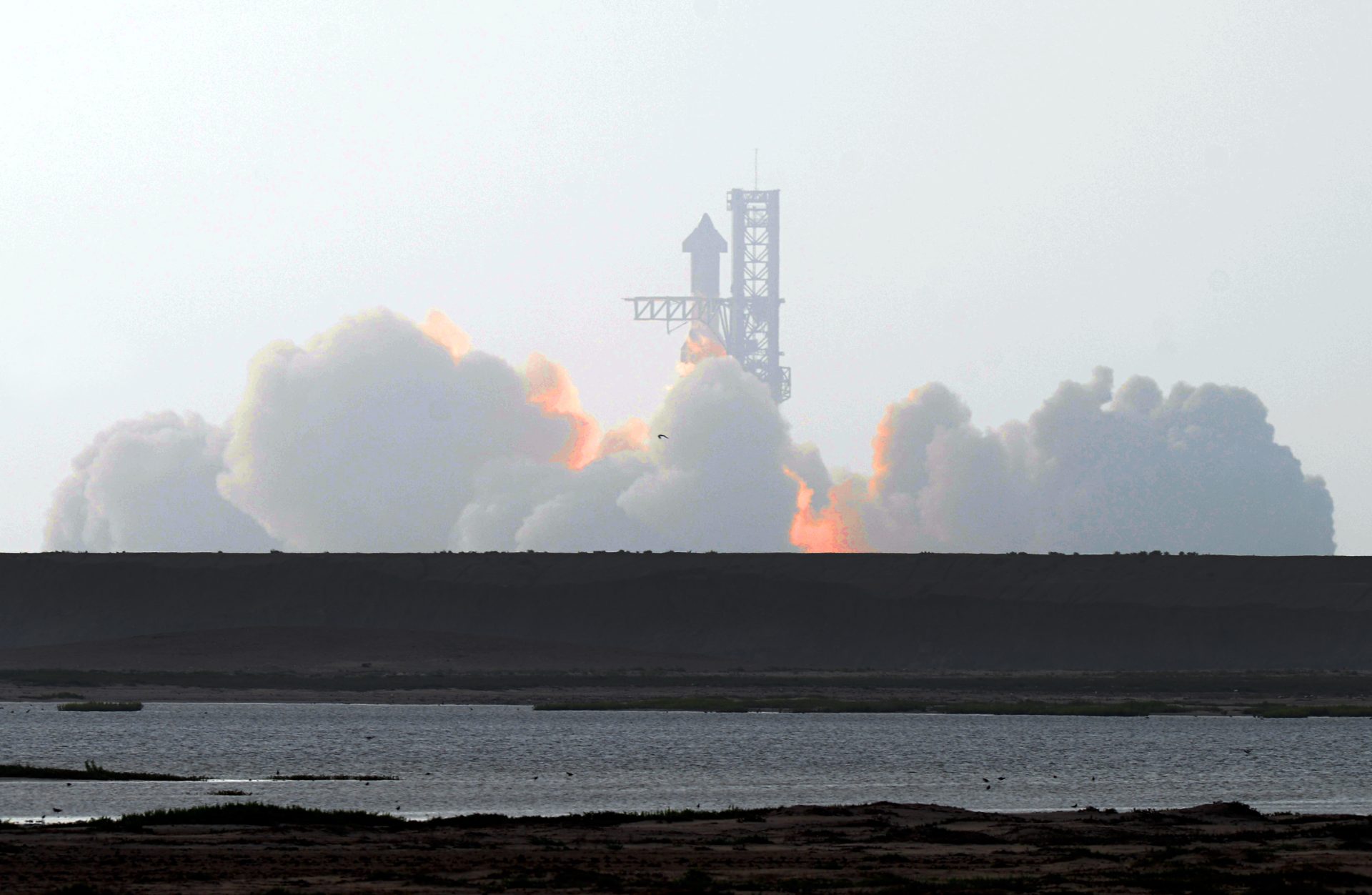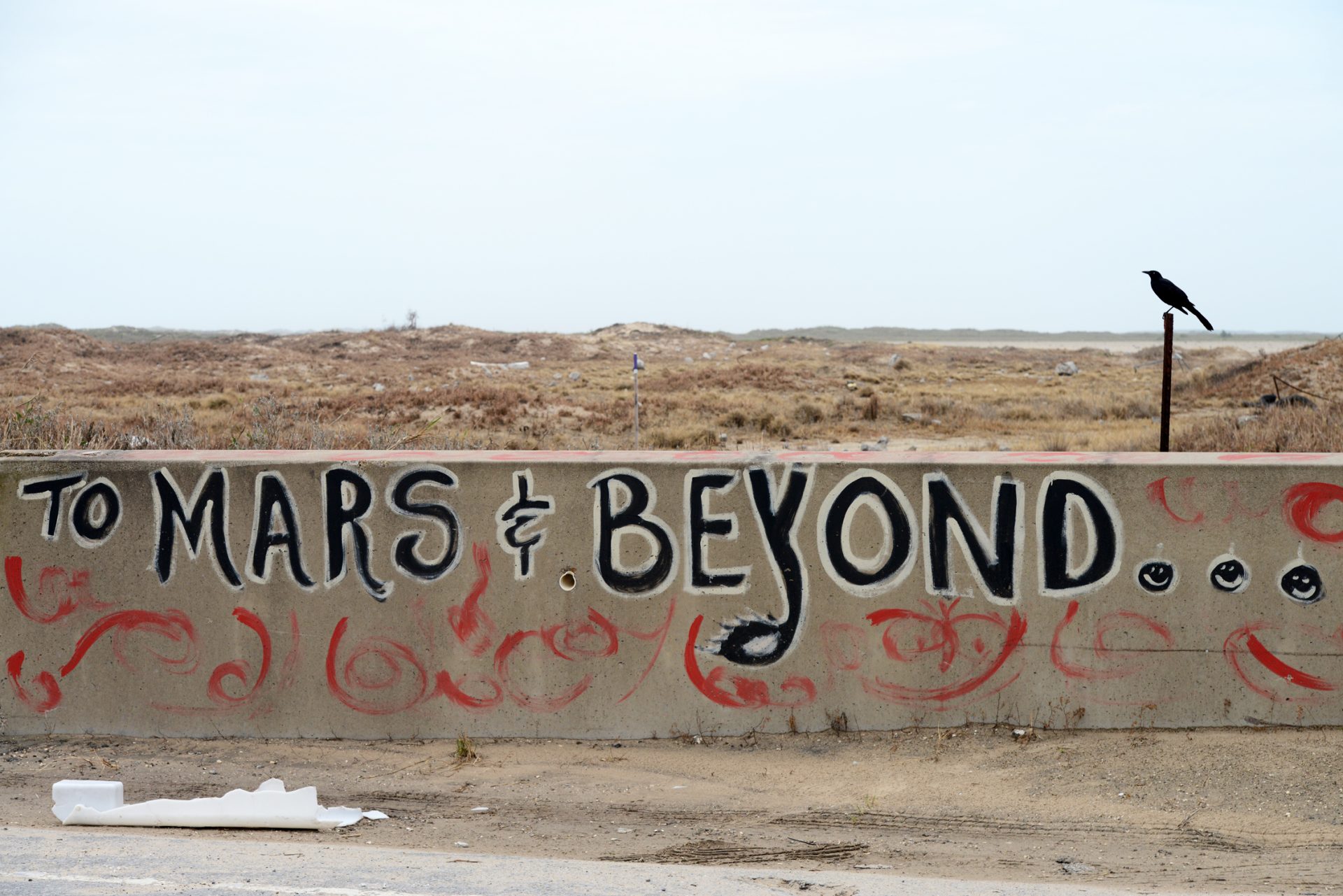|
Only have a minute? Listen instead
Getting your Trinity Audio player ready...
|

It’s been more than six months since SpaceX’s first Starship orbital flight attempt ended in the vehicle automatically self-destructing over the Gulf after veering out of control.
SpaceX is ready to give it another shot, and in fact has been ready for more than a month and a half, according to William Gerstenmaier, the company’s vice president of Build and Reliability, testifying during a Subcommittee on Space and Science hearing on commercial space on Oct. 18. But SpaceX is still waiting on the Federal Aviation Administration to issue a launch license for a second attempt.
The FAA in early September announced it had concluded its mishap investigation into the April 20 orbital flight attempt that also destroyed the launch pad at Boca Chica. The agency said in a statement that it was “optimistic it may complete the safety review of the license application by the end of October.”
Whether that happens, SpaceX officials point to the drawn-out review and approval process as an example of regulatory processes failing to keep up with the pace of rocket development at Boca Chica and elsewhere. Gerstenmaier appeared before the Senate subcommittee as part of a panel of representatives from private space companies arguing for a multi-year extension of the “human spaceflight learning period,” a 20-year moratorium on federal regulation on human spaceflight set to expire Jan. 1.
They also argued that the FAA’s current regulatory structure governing current testing needs major reform and could cause the United States to miss the opportunity to be the first country to put astronauts on the moon again for the first time since 1972. In 2021, NASA awarded SpaceX a $2.9 billion contract to do just that as part of the agency’s Artemis moon program. Starship development at SpaceX’s Starbase complex at Boca Chica is intended to provide that lunar Human Landing System (HLS).
But NASA’s and SpaceX’s urgency to move as fast as possible on development of Starship as HLS is running up against the FAA’s glacial pace in approving launch licenses. Gerstenmaier told the subcommittee that SpaceX’s “very aggressive” test program, which does not use humans, is meant to rapidly understand how the spacecraft flies and operates while also taking consistent measures to protect the public.
“We want to make sure that no one gets hurt and nothing is damaged expect maybe our own facilities. … With that approach it’s important we fly as soon as the hardware is really ready to go fly,” he said. “When we have regulatory delays such as we’re facing right now, that slows down this developmental test flight. And it ultimately slows down our support to NASA and slows down our support to what we need to do to return humans back to the surface of the moon again.”

Gerstenmaier said SpaceX has already started working with space companies Blue Horizon and Virgin Galactic to come up with “coherent and complete recommendations” to the FAA for regulatory reform that would speed things up. He testified that the Office of Commercial Space Transportation (AST), which is the FAA’s regulatory body in question, “needs more resources and immediately regulatory direction from Congress.”
Gerstenmaier described as “absolutely critical” the commercial space industry’s need for a regulatory framework that allows companies like SpaceX to move forward on testing at the fastest rate possible while protecting the public and, eventually, humans onboard rockets.
“These delays may seem small in the big scheme of things, but continuous delay of each and every test flight just adds up, and eventually we’ll lose our lead and we will see China land on the moon before we do,” he said. “And that will be a shame if it’s only because of regulatory burden (that) we didn’t do it.”



